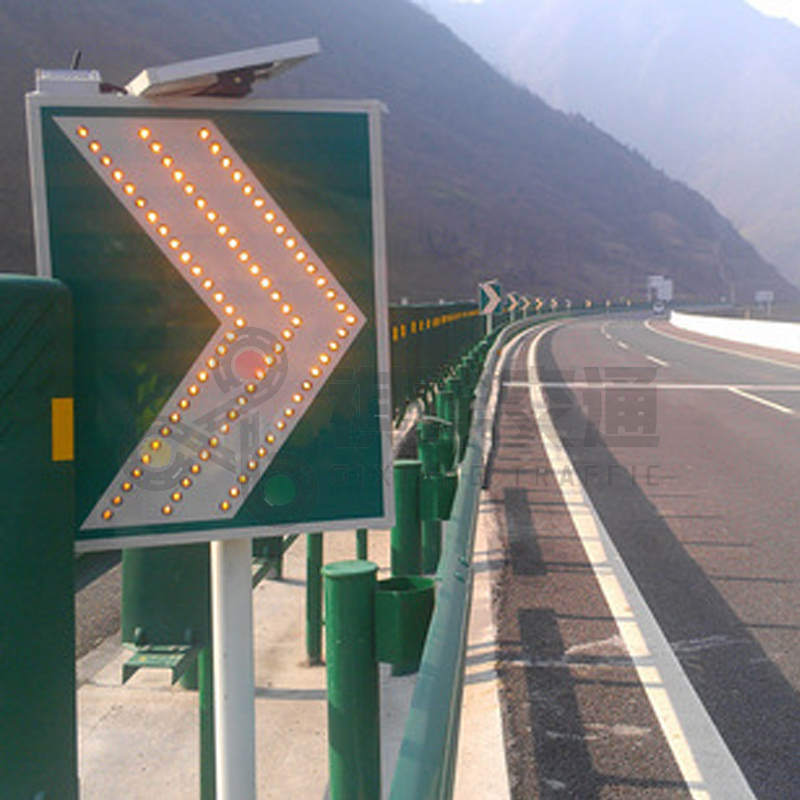Solar road signs are a modern and innovative way to enhance road safety while promoting sustainable development. The signs are equipped with solar panels that use the sun’s energy to power the lights, making them an eco-friendly alternative to traditional road signs. In addition to the environmental benefits, solar road signs can improve visibility and reliability, making them an important part of modern road infrastructure.
One of the main features of solar road signs is the use of different colors to convey important information to drivers and pedestrians. The color of these signs plays a vital role in ensuring that road users can quickly and accurately interpret the information presented. Understanding what each color means is crucial to improving road safety and efficiency.
Red is a color commonly used in solar road signs to indicate warnings and prohibitions. For example, red solar signs are often used to alert drivers to stop, give way, or indicate hazardous or restricted areas. The color red is used in these signs as a clear and universally recognized warning signal, prompting drivers to take necessary precautions and comply with specific regulations.
Yellow is another prominent color in solar road signs, often used to communicate warnings and alerts. These signs are designed to draw attention to potential hazards such as curves, intersections or changes in road conditions. The bright yellow color is very eye-catching and can effectively attract the driver’s attention and encourage them to be cautious in specific areas.
Green solar road signs are often associated with providing directional information and guidance to road users. These signs are used to indicate safe routes, distances to destinations, and other navigational information. The color green used in these signs indicates safety and permission, allowing drivers to follow designated routes with confidence.
Blue solar road signs are often used to convey information about services and facilities available to road users. These signs are often used to indicate the presence of amenities such as rest areas, gas stations, or hospitals. Blue has a calming and reassuring nature, making it ideal for guiding drivers to essential services during their journey.
In addition to these primary colors, solar road signs can also come in white and black to increase visibility and convey specific messages. White is often used for regulatory signs such as speed limits and lane markings, while black is used to contrast text and symbols to ensure clarity and legibility.
The use of color in solar road signs is critical not only to convey information, but also to ensure consistency and standardization across regions and jurisdictions. By adhering to established color codes and design principles, solar road signs can effectively communicate key messages to road users, regardless of their location or familiarity with local regulations.
Integrating solar technology into road signs represents a major advance in sustainable infrastructure. By using solar energy to power these signs, authorities can reduce their reliance on traditional energy sources, lower carbon emissions and contribute to environmental protection. Additionally, using solar road signs improves visibility in low-light conditions, thereby improving overall road safety.
In conclusion, solar road signs play a vital role in promoting road safety and sustainable development. The use of different colors in these signs acts as a universal language, allowing drivers and pedestrians to interpret important information quickly and accurately. By harnessing the power of the sun, these signs represent a forward-thinking approach to enhancing road infrastructure while minimizing environmental impact. As technology continues to develop, solar road signs are expected to become an integral part of modern transport systems, providing safer and more sustainable journeys for all road users.
Post time: Aug-16-2024







